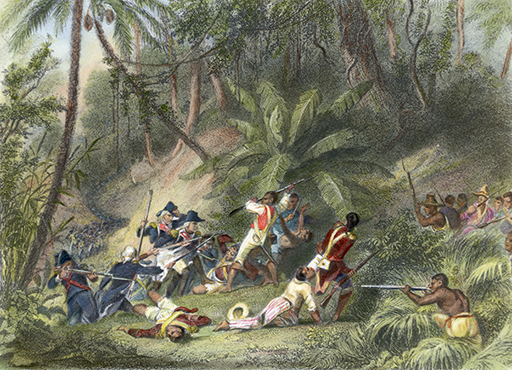Session 1: The Haitian Revolution
1 Introduction
This session was written by Dr Anna Plassart and Dr Robin Mackie

When the French Revolution broke out in 1789, France possessed a number of colonies in the Caribbean. The largest and most prosperous of these was Saint-Domingue, now known as Haiti. Black enslaved people formed the majority of the population – almost 90 per cent, of whom almost two-thirds had been born in Africa (Dubois and Garrigus, 2006, p. 13).
A small elite of white plantation owners controlled the colony. In addition, there was a population of poorer white people referred to as the petits blancs (the small whites). A larger group of non-enslaved peoples, who were known as gens de couleur (directly translates as ‘people of colour’), included both people of mixed race and a small number of free Black people. Saint-Domingue was therefore a fractured society, divided by wealth and class, as well as by race and servitude.
This session will examine the successful revolt by self-liberated formerly enslaved people in Saint-Domingue, and their fight for independence from France.
